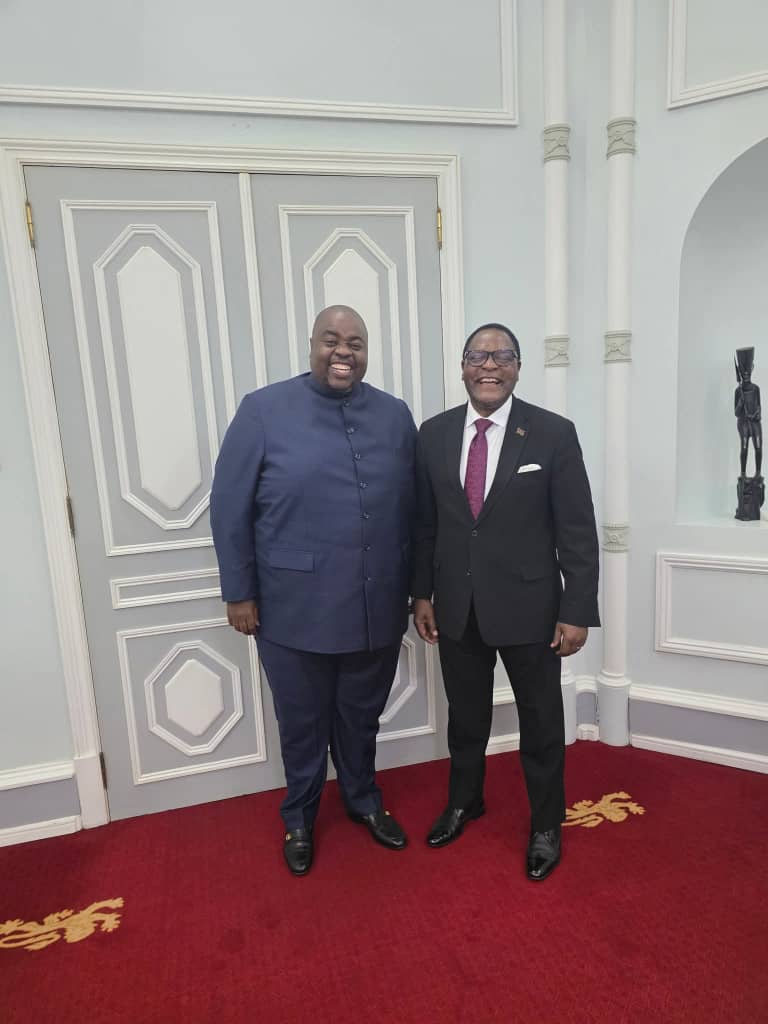
As Malawi begins its most unconventional campaign season—without official presidential candidates declared—the nation’s political stage is once again occupied by its four major parties: the Democratic Progressive Party (DPP), the Malawi Congress Party (MCP), the People’s Party (PP), and the United Transformation Movement (UTM). Despite the subdued campaigning and voter fatigue, all eyes are on the road to Sanjika Palace, where each party faces unique hurdles and opportunities on its path to victory.
Voter Apathy Looms Over 2025
Analysts predict that the 2025 general elections may mirror the 2014 polls more than the volatile 2019 and 2020 rounds. The estimated number of active voters could drop to around 5.5 million, far below the 7.2 million registered by the Malawi Electoral Commission (MEC). Many Malawians—estimated at 15%—have no interest in voting, with some registering solely to obtain national IDs.
This election cycle lacks the enthusiasm and symbolic candidates of previous years. In 2019 and 2020, the late Saulos Chilima energized the political environment. Now, widespread disillusionment, failed Tonse Alliance promises, and perceptions of nepotism have hollowed voter motivation.
One village chief in Dedza underscored this voter apathy when he told the President he once received 600 fertilizer coupons—now reduced to just 40. “How do you expect us to tell people to register to vote?” he asked. “For what? More reduction in coupons?”
The DPP: A Strong Lead, But Not a Guaranteed Win
The Democratic Progressive Party (DPP) enters the race as the most formidable contender, with analysts projecting a vote share of 43–45%—still shy of the 50% +1 threshold needed to avoid a runoff. DPP’s dominance is clear in the South, with areas like Chiradzulu, Phalombe, Thyolo, Nsanje, Neno, and Blantyre Rural likely to yield up to 90%. The party is also expected to perform strongly in parts of Ntcheu, Balaka, Mwanza, and Mulanje, scoring around 70%, and about 60% in Zomba and Mangochi.

In the Central Region, the DPP may secure up to 45% in urban Lilongwe and fair results in Salima, Nkhotakota, Kasungu, Dowa, Ntchisi, Dedza East, and Mchinji. The main driver of DPP’s support in the Centre is the widespread dissatisfaction with MCP’s management of the fertilizer program, which saw a 700% price hike and 1.4 million fewer beneficiaries.
However, internal disarray, disputed primaries, the absence of a compelling national message, and some arrogant party voices—poses serious risks. The absence of Peter Mutharika from active campaigning and questions surrounding the party’s direction have fueled skepticism. Despite this, the DPP is projected to return between 75 and 90 Members of Parliament (MPs), largely from the Southern Region.
To capitalize on its economic credentials, particularly during Bingu wa Mutharika’s era and Peter Mutharika’s donor-free budgets, the DPP must present a fresh, forward-looking message. New voters, unfamiliar with its past, are demanding tangible promises. Without a solid plan, past glories may not translate into present votes.
MCP: From Peak Power to a Precarious Position
From 58% in 2020 to a projected 25–32% in 2025, the Malawi Congress Party (MCP) is facing an unprecedented drop in support. Once dominant in the Centre, MCP now contends with low turnout, especially in Lilongwe, Kasungu, Mponela, Salima, and Nkhotakota-Dwangwa, alongside growing protest votes.
The high cost of living, food insecurity, fertilizer shortages, and perceived arrogance from party leaders—including President Lazarus Chakwera—have eroded public trust. MCP’s urban vote is particularly vulnerable due to economic pressures and perceptions of corruption. Many urban voters blame their hardships on government mismanagement.

In the North, unfulfilled promises like the Orton Chirwa Airport, Rumphi-Nyika Road, and Mbelwa University continue to haunt the party. The handling of Saulos Chilima’s death further damaged MCP’s credibility in Mzimba. In the South, where the party shifted institutions away from Blantyre, it has few friends left.
Still, a path to victory remains—albeit narrow. To regain momentum, MCP must inspire an 80% turnout in its strongholds, launch effective policy interventions, reset its cabinet, and select a strong Northern running mate. Projected to win 65–75 parliamentary seats, MCP’s success hinges on reconnecting with its base and avoiding further alienation.
UTM and PP: The Third Force’s Window of Opportunity
UTM and PP represent the core of a possible third-force alliance that could transform the electoral landscape. In 2014, Joyce Banda secured 20.20% of the vote, bolstered by Northern support and parts of Kasungu and Zomba. Atupele Muluzi followed with 717,224 votes. Combined, the two nearly matched MCP’s vote as their total was 1,773,460 versus MCP’s 1,445,880.

In 2019, UTM’s Chilima garnered 1,018,369 votes (20.24%), albeit with limited party structure. UTM’s support was largely drawn from PP’s 2014 base. Meanwhile, the UDF’s vote share dwindled to 4.67%, losing ground to DPP.

The possibility of a unified UTM–PP–UDF–AFORD coalition excites voters disenchanted with both DPP and MCP. The alliance could capture anti-MCP sentiment in the North, frustrated urban voters in the Centre, and anti-DPP dissatisfaction in the South and East. With 1.65–2.2 million potential voters in this bracket, the coalition could either determine a runoff or even capture the 50% +1.
The combined leadership appeal of Banda (inclusivity), Kabambe (economic acumen), Atupele (public service), and Chihana (reformist politics) may attract disillusioned youth and first-time voters. While none of the parties individually may cross 15%, their united front could return up to 60 MPs collectively. Unity is their only path to power.
The Role of Minor Parties and Spoilers
Parties like Kondwani Nankhumwa’s PDP are expected to disrupt established votes in key constituencies like Mulanje Central, where DPP primaries left voters disgruntled. Other parties, including Frank Mwenifumbo’s Alliance, Freedom Party, and independents, may pick up scattered parliamentary seats.

If the third force runs independently, their maximum parliamentary projections are: UTM (15), UDF (11), PP (24), and AFORD (5). However, as an alliance, they could significantly increase their total representation, especially in tight races.
Final Outlook: A Tight Race with No Guaranteed Winner
With neither DPP nor MCP likely to break the 50% +1 mark, the 2025 elections are expected to result in a tightly contested runoff. If smaller parties unite, they could play kingmaker or even pull off an outright win.
The DPP enters with numerical advantages but needs a stronger national message. The MCP faces deep internal and public challenges but can rally its base. The third-force alliance has momentum but must unify quickly and decisively.
Arrogance, miscalculation, or disunity will cost any of these contenders dearly. Come 17 September 2025, one of these parties will find itself out of power—perhaps permanently.
The path to victory is open, but only for those ready to evolve.





More Stories
Mutharika, what’s next?
Zim billionaire Wicknell, who is he?
APM to Break Record with 3 Million Votes